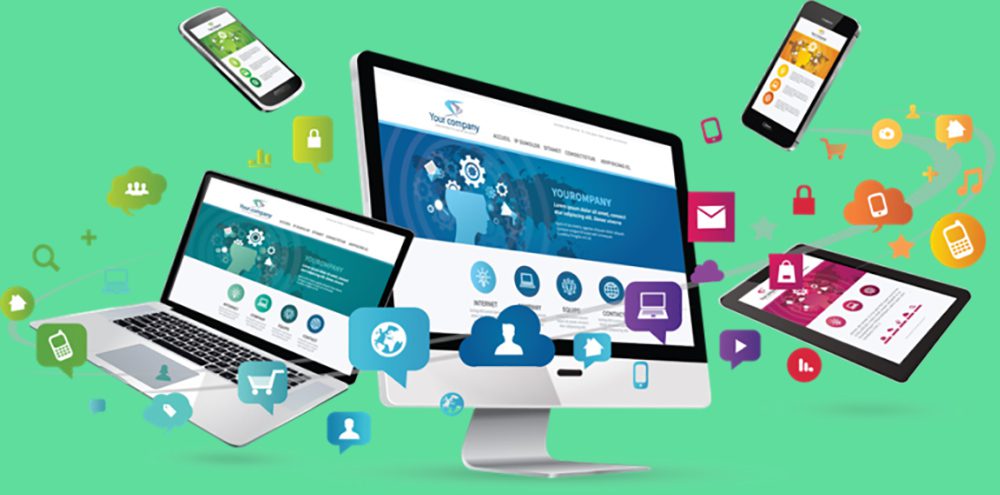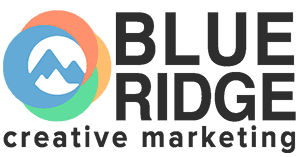it’s 2018 and consumers don’t even need to think twice about ignoring the relentless, sometimes even intrusive, ads that clutter the Internet. Does that mean the age of digital advertising is coming to an end? Hardly.
Digital advertising has always been a relatively inexpensive and measurable way to directly target your company’s audience – no matter how wide it’s spread. But, as the call for a more accessible, free and less cluttered Internet begins to grow in demand more than ever, does this mean that digital advertising will lose its edge over traditional advertising?
What, exactly, is digital advertising anyway?
To help answer this question, we first need to define the (sometimes) relatively broad often interchangeable term “digital advertising”. Basically, digital advertising is any form of marketing content that’s displayed through the internet. These ads can be seen across web browsers, social media, search engines (like Google) and even built in to mobile games and apps. In the marketing mix, it’s been a tool that has been essential to advertising for at least the last 25 years.

Digital (or “online”) advertising takes shape in a variety of forms that are always evolving, but, here are the six most prominent types:
- Display ads: Think banner ads on websites, pop-up ads, and small-scale video “commercial style” advertisements that often appear on websites but are not necessarily related to the content of the website you’re browsing.
- Search Engine Marketing (SEM): Paying for specific keywords so that when that keyword is searched, your website or content will be ranked higher on the results page.
- Native ads: Marketing messages that have been integrated into the platform that they appear on so they look “native” to the website (or app, etc…). Usually listed at the end of a post.
- Social media ads: Highly targeted messages or “sponsored content” style posts that are displayed on social networks like Facebook or Linkedin.
- Video ads: Video ads provide a way to tell a story in an immersive way. These are quickly becoming the most popular amongst marketers.
- Email marketing: A cheap and fast way to market to a very targeted audience through email messages. This is because marketers can have their choice in who receives this communication.
At first, the rise of digital advertising started to steal the attention away from traditional (think print, TV commercials) advertising because, for the first time, advertising mimicked the trusting nature of word-of-mouth. Brands could suddenly leverage the Internet to become ‘friends’ with their consumers (especially with the rise of social media) – who are ordinarily more likely to trust their “friends” or peers than they are a company or brand.
But this made the digital advertising space cluttered, leaving little breathing room for consumers to experience an actual website itself (remember the late 90’s -early 2000’s when websites were chock-full of all kinds of banner and pop up ads all over the place)… folks began to get overwhelmed. You could say the “bubble bursted” on early digital ad formats, so, the industry adapted and new formats became favored.
So, what’s the deal for the future?
Digital advertising, as a whole, not dead by a long shot. Instead, marketers should consider a form of digital advertising that provides value to the consumer – possibly in the way of content marketing, or, finding ways to engage consumers with campaigns that work both digitally and offline, for example. One thing’s for sure – digital advertising is here to stay. Maybe not in the form it was always intended, but certainly in the way of a novel and more mutually beneficial relationship between advertisers and consumers – one that few other marketing tools can match. So, next time you hear someone say “digital advertising is dead!” tell them they are wrong… way wrong.

